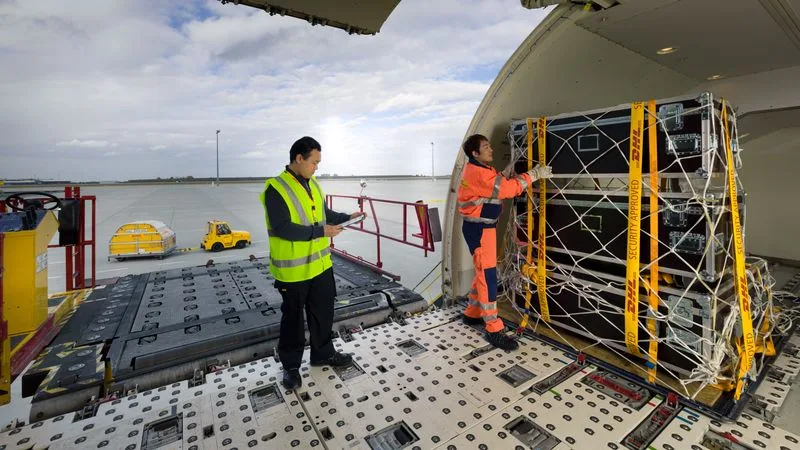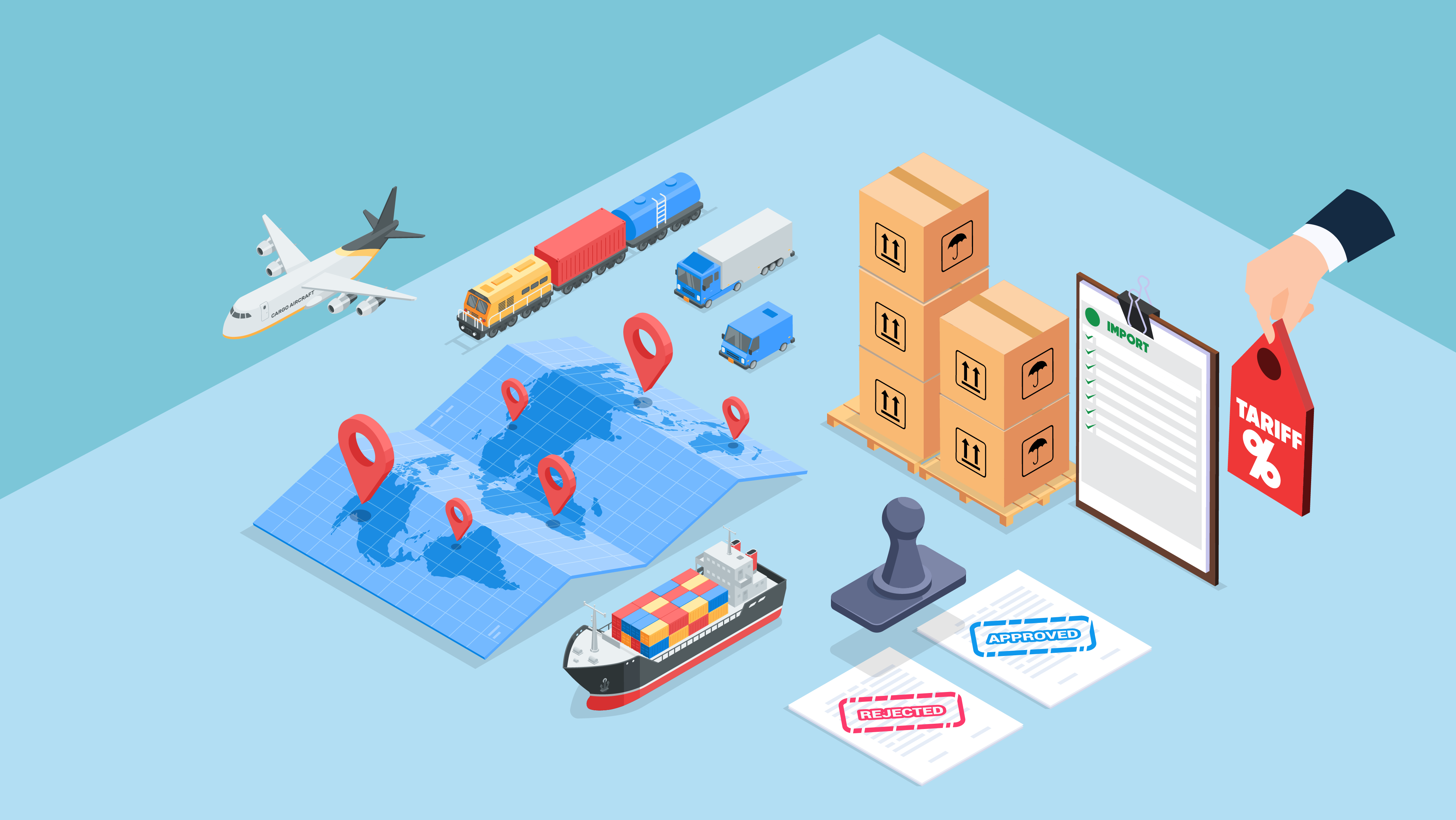In recent years, global supply chains have been under increasing strain, affected by a series of disruptive events that have reshaped the landscape of international trade and logistics. For decades, globalization drove interconnectivity, but growing geopolitical tensions have introduced new risks and uncertainties that challenge business operations.
Key events, from the Russia-Ukraine conflict to evolving relations between the United States (US) and China, have intensified geopolitical instability, impacting supply chains on multiple fronts. As a result, businesses worldwide face a complex environment where strategic planning, adaptability and secure logistics partnerships have become more essential than ever.
What are the global tensions impacting supply chains today?
The global landscape has shifted rapidly, with geopolitical risks reshaping supply chains. Traditionally, supply chains thrived under stable international relations, but today, numerous issues and challenges complicate global logistics, trade and transport. Here are some examples of the current supply chain disruptions1:
1. Russia-Ukraine conflict
The Russia-Ukraine conflict has led to long-lasting changes in trade routes and fuel prices. European countries have reduced their dependence on Russian energy, and energy prices have fluctuated significantly since the conflict began. To address energy issues, some nations are working toward alternative energy sources and diversifying suppliers, which could catalyze decarbonization. In the US, for instance, the Inflation Reduction Act provides incentives for renewable energy, driving investments in sustainable projects to reduce dependence on fossil fuels.
2. Anti-globalization movement
Rising nationalism and protectionist policies have also impacted the flow of goods and services. Anti-globalization movements, coupled with supply chain weaknesses exposed by COVID-19, have influenced some nations to rethink cross-border reliance and prioritize local production. Protectionism affects not only supply costs but also relationships with international suppliers. Businesses that depend heavily on global sourcing are finding it critical to explore diverse, flexible supply options to withstand disruptions.
3. Cyber attacks
The need for cybersecurity has added another layer of complexity, with the digitalization of global supply chains increasing vulnerability to cyberattacks. Incidents such as the ransomware attack on the US’ Colonial Pipeline illustrate the critical risks in infrastructure security. Cyber threats now extend beyond data breaches, involving targeted attacks to disrupt operations and cause financial and logistical damage. Heightened cybersecurity measures, alongside geopolitical strategy, are becoming core to resilient supply chain operations.
4. Tariffs and other impact of economic policies
Economic policies, particularly tariffs, play a significant role in reshaping supply chain management and sourcing strategies. Trade relations between the US and China continue to influence product pricing and sourcing options, as US tariffs on Chinese imports often lead businesses to seek alternative suppliers or adjust prices for consumers. Beyond tariffs, recent conflicts like the Russia-Ukraine and Israel-Hamas wars have introduced broader challenges, including regional instability, that impact both energy and food security. The resulting inflationary pressures have driven up costs across global supply chains, affecting everything from raw materials to transport.
Many nations in the Asia-Pacific are also implementing cooperative strategies to secure access to essential resources, such as critical minerals necessary for energy and industrial applications. By focusing on trade relations with allied countries, these nations aim to strengthen supply stability and resilience against unpredictable disruptions.
A case in point: The Red Sea crisis
Conflicts and security threats around the Red Sea and Bab el Mandeb Strait impact one of the world’s most important maritime routes. This route links the Indian Ocean with the Mediterranean via the Suez Canal, making it essential for global trade and energy transport. Unfortunately, recent attacks by Houthi forces have raised security challenges, disrupting supply chains and increasing operational costs for businesses reliant on maritime trade2.
The Bab el Mandeb Strait is a chokepoint where a significant portion of global cargo, including around 4.5 million barrels of oil daily, passes, according to estimates by the International Maritime Organization3. However, instability in the region has led to vessel re-routing, which increases fuel costs and shipping times. The heightened risk of attacks means many maritime companies are avoiding the Red Sea, impacting logistics and causing congestion in alternative ports. Freight rates have surged following the crisis, and with large vessels taking longer, there is reduced availability and higher demand, leading to nearly fivefold increases in spot freight rates along Asia-Europe routes. According to the United Nations Conference on Trade and Development (UNCTAD), trade volumes have seen a 42% decline in recent months due to these logistical constraints, highlighting the Red Sea crisis’ disruptive effect on global supply chains4.
























